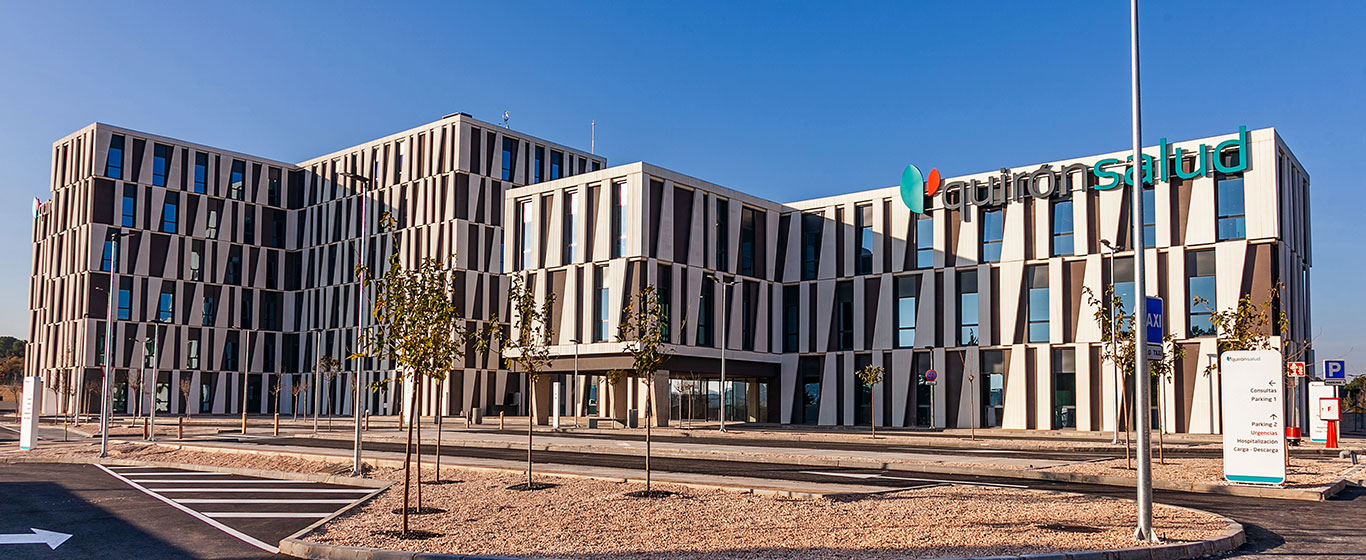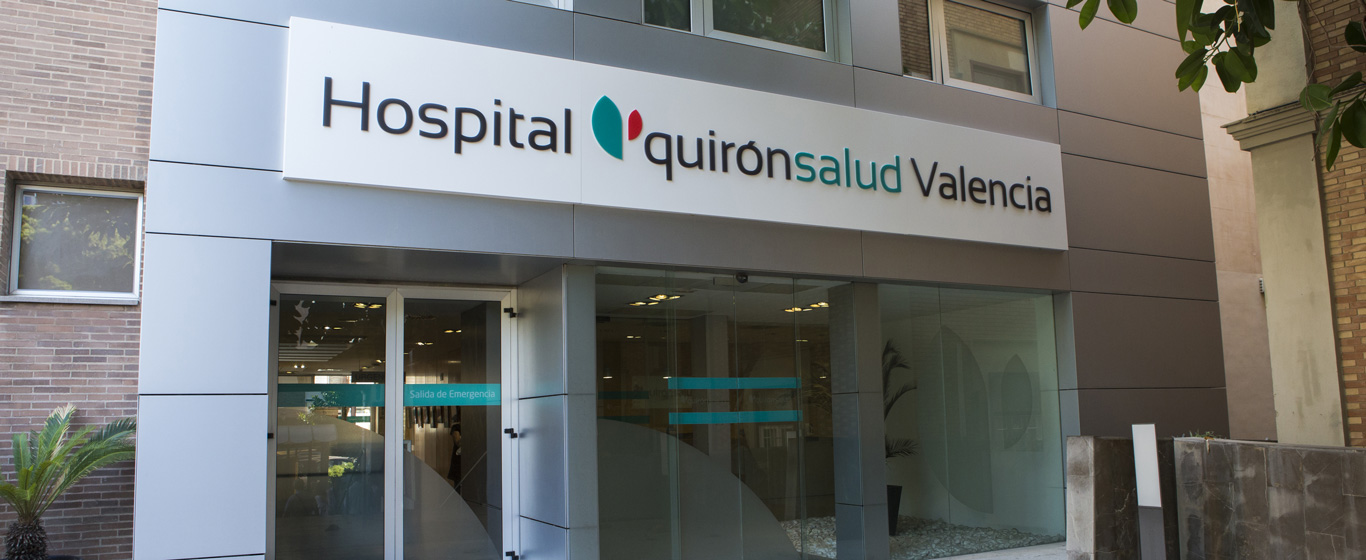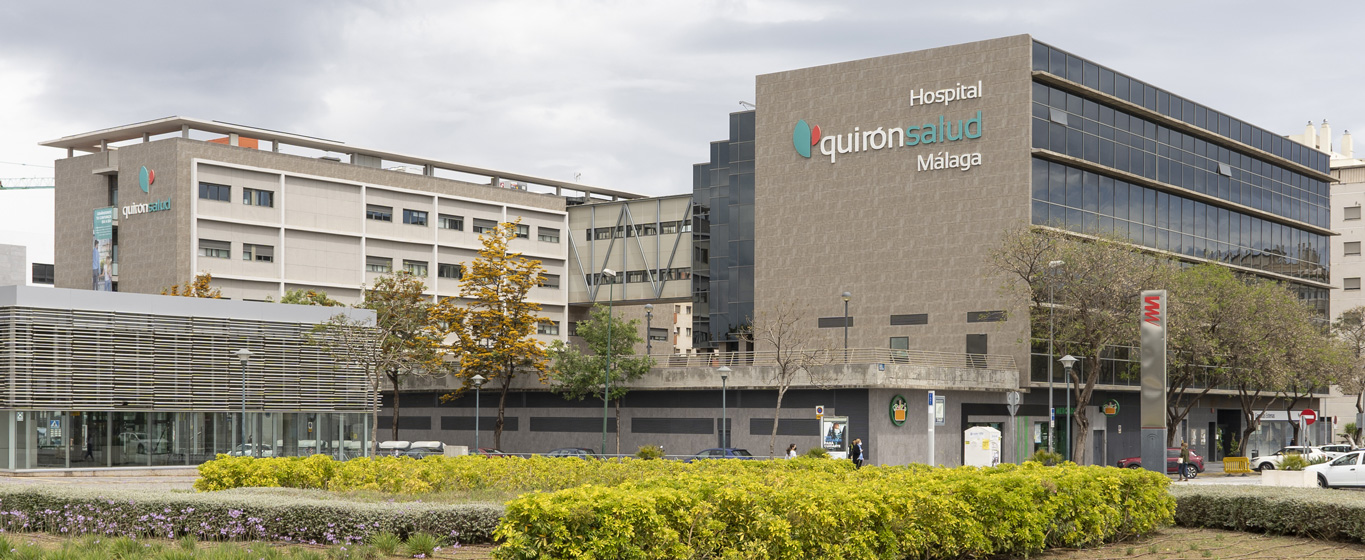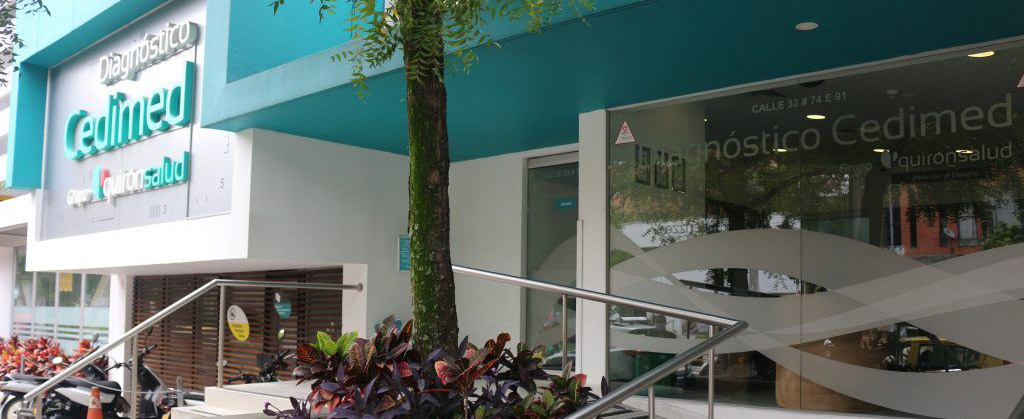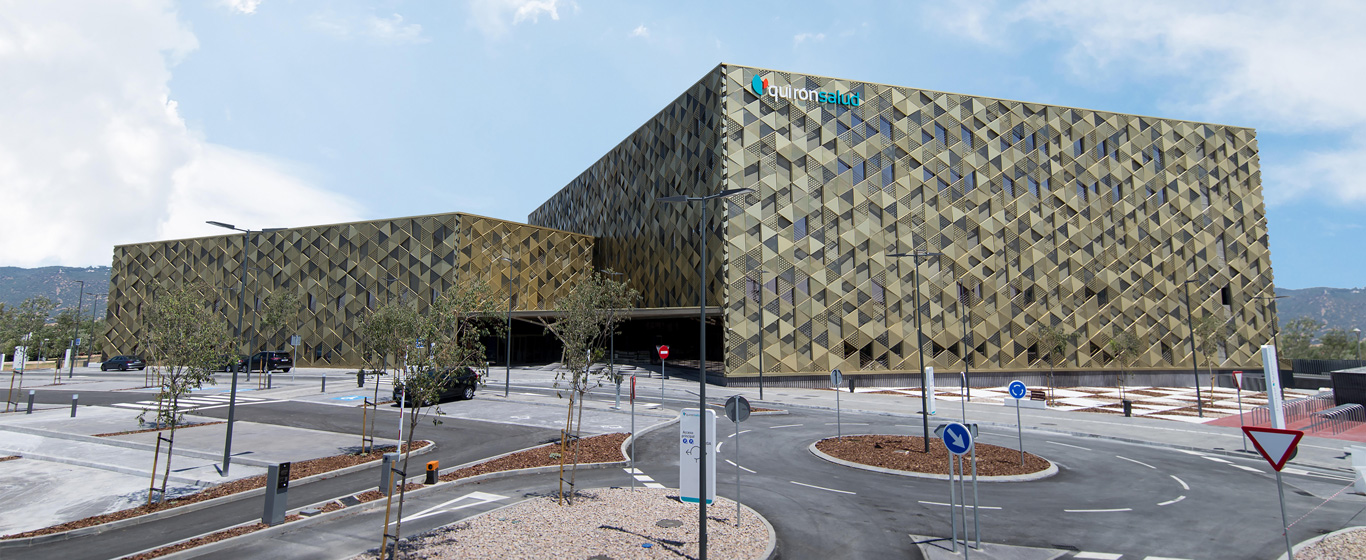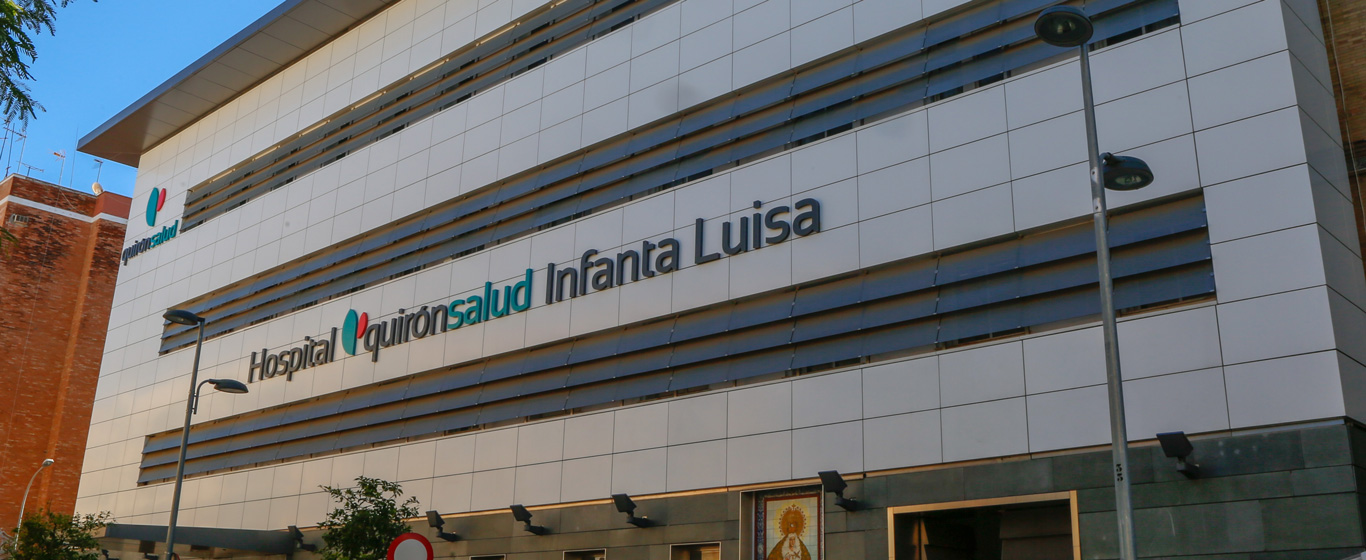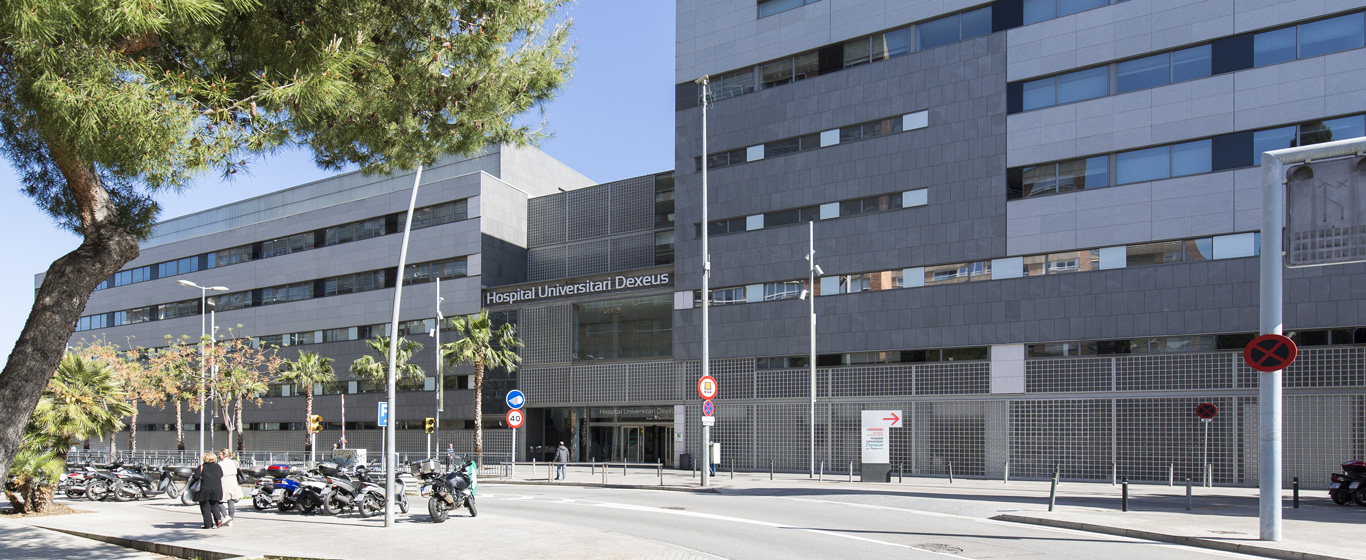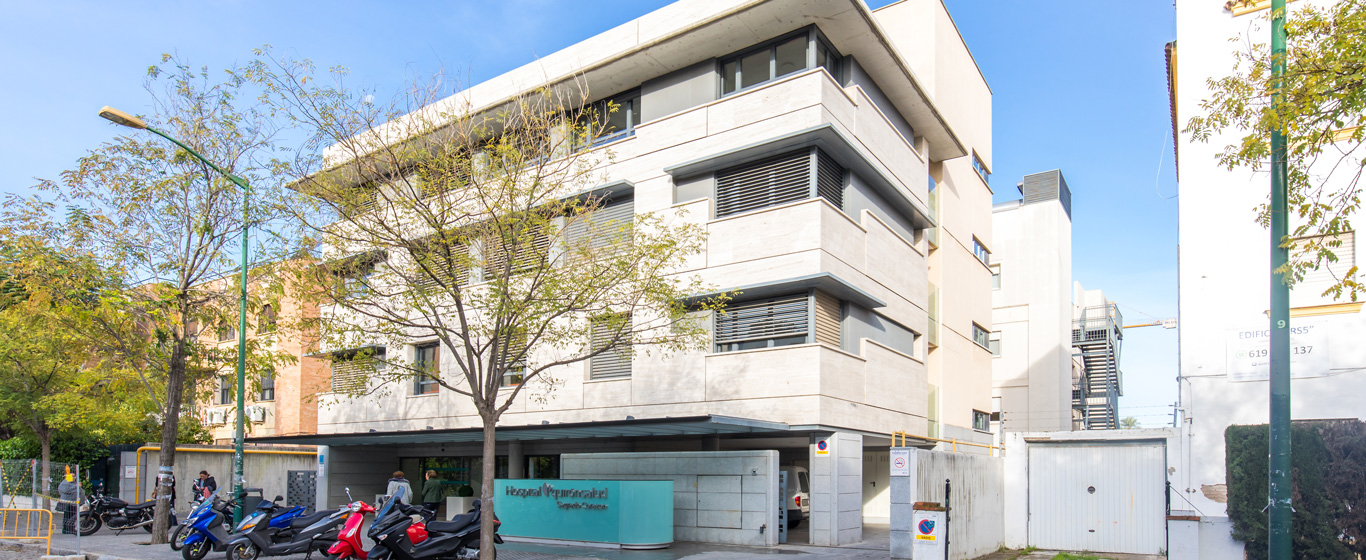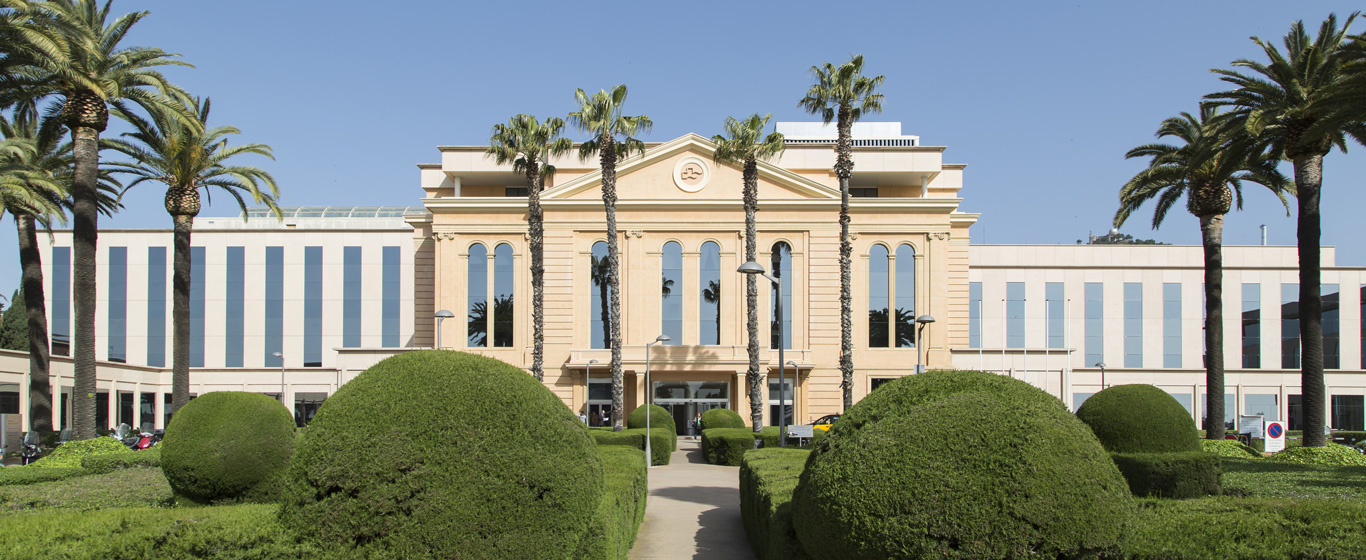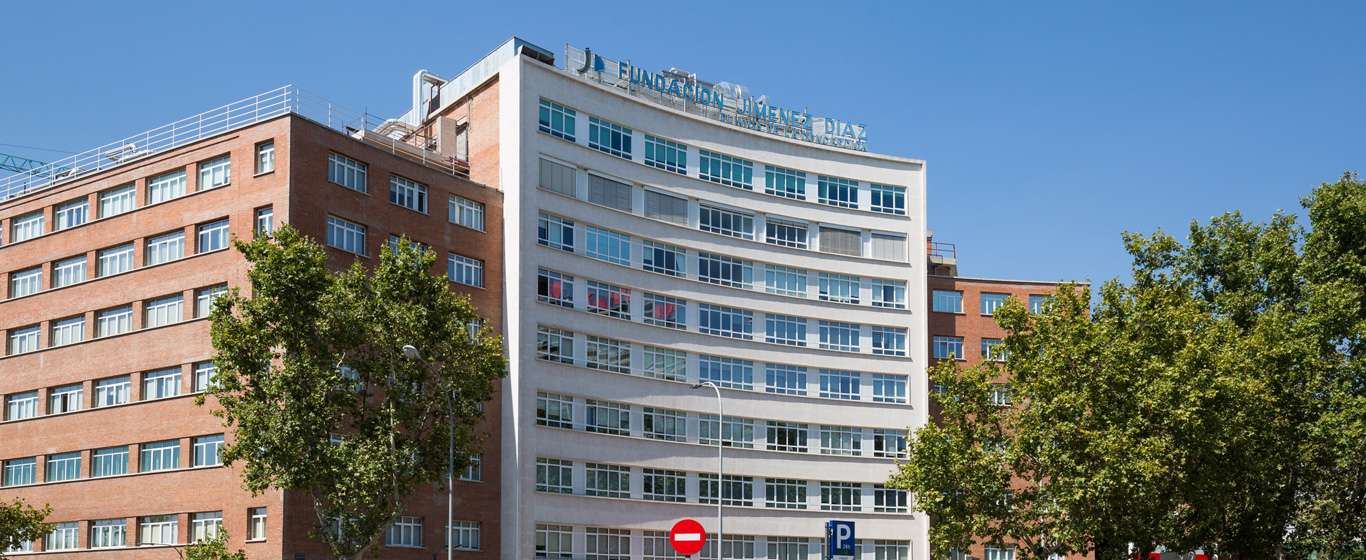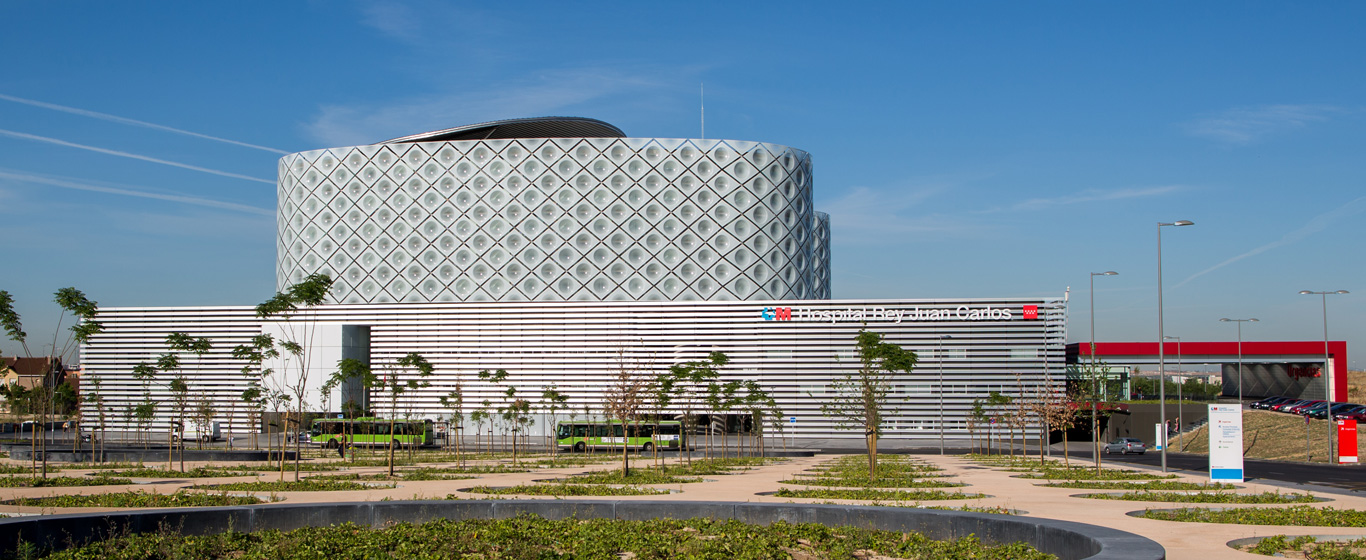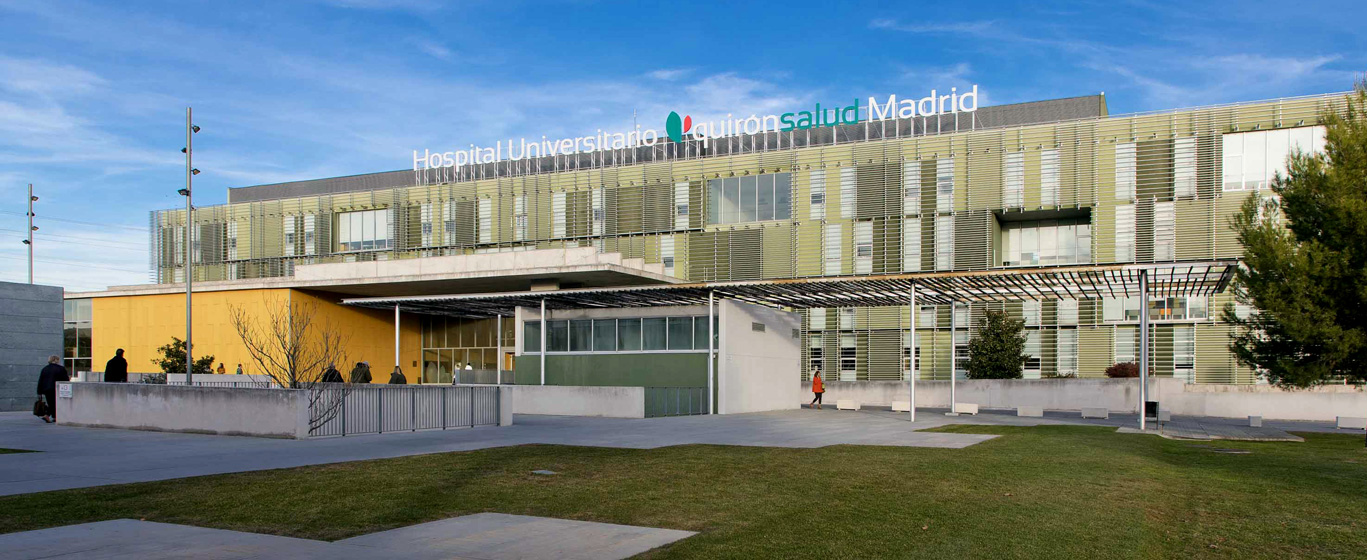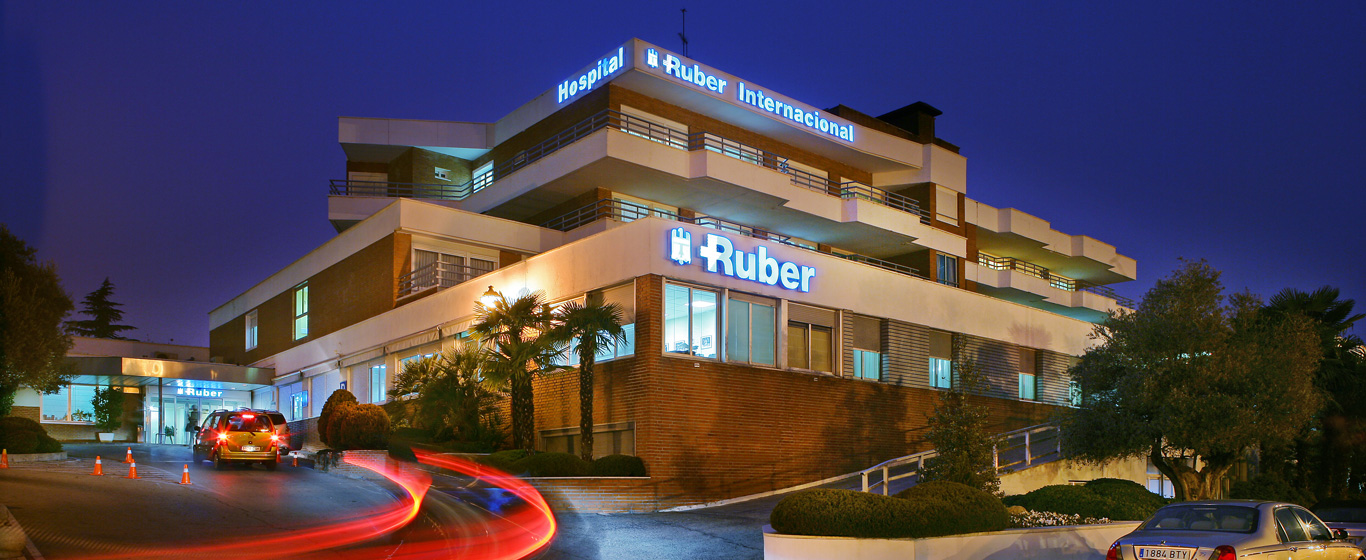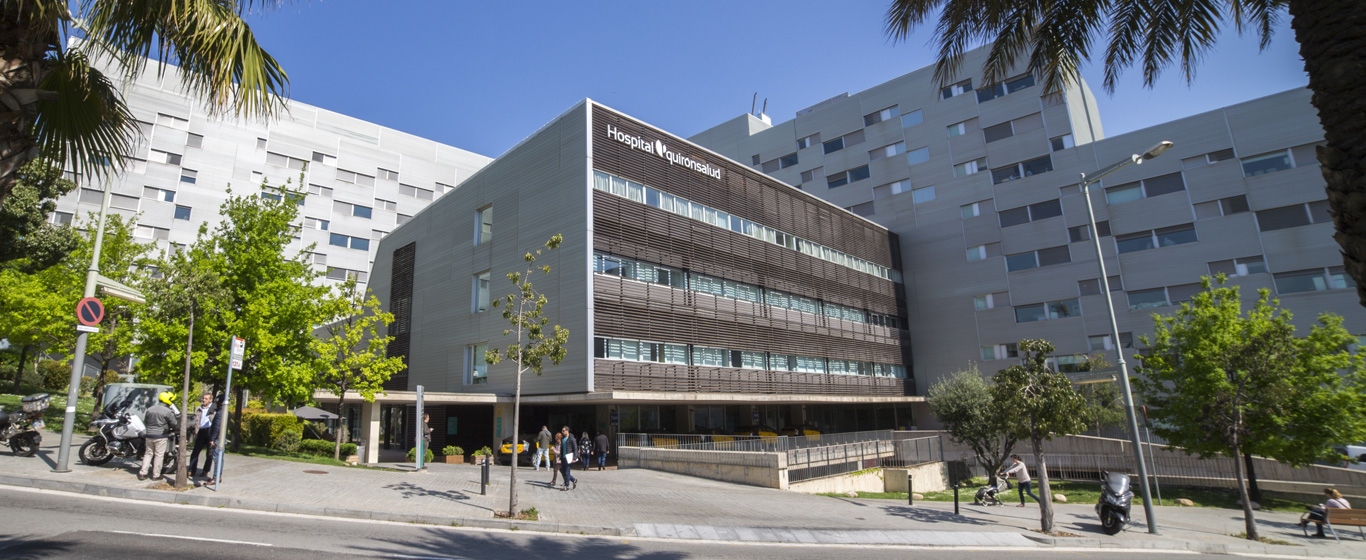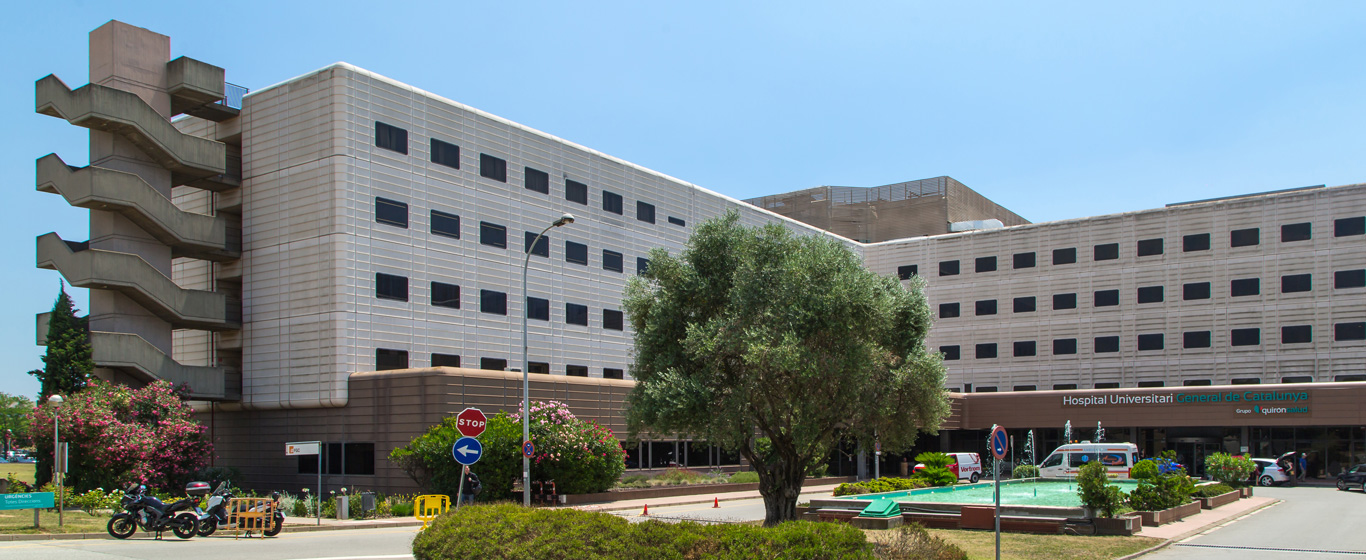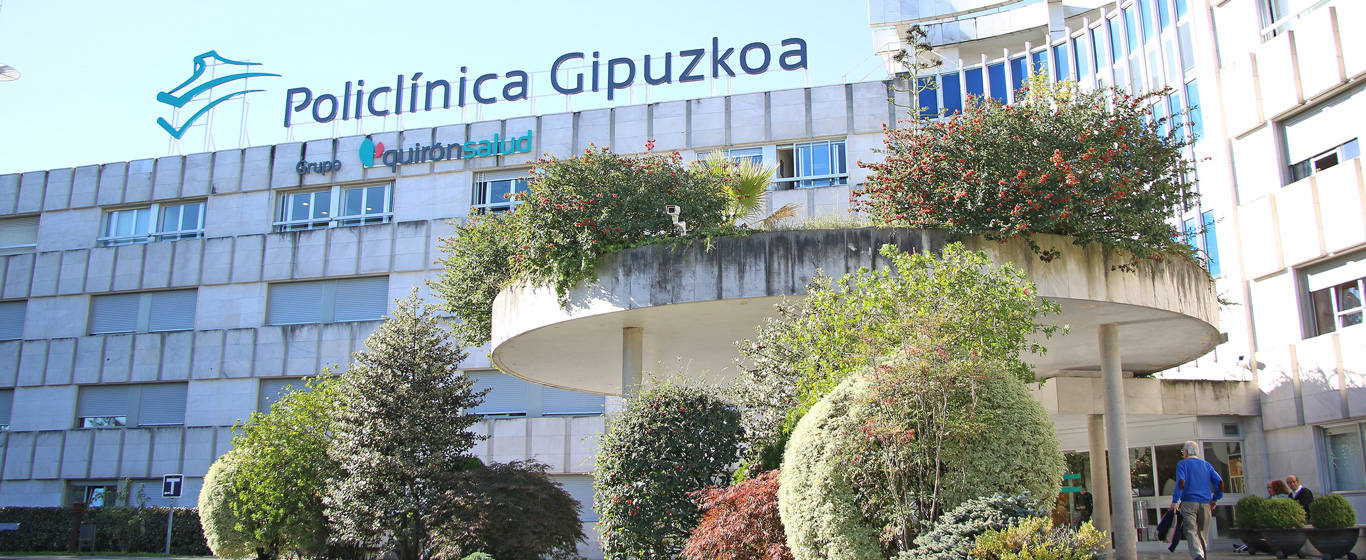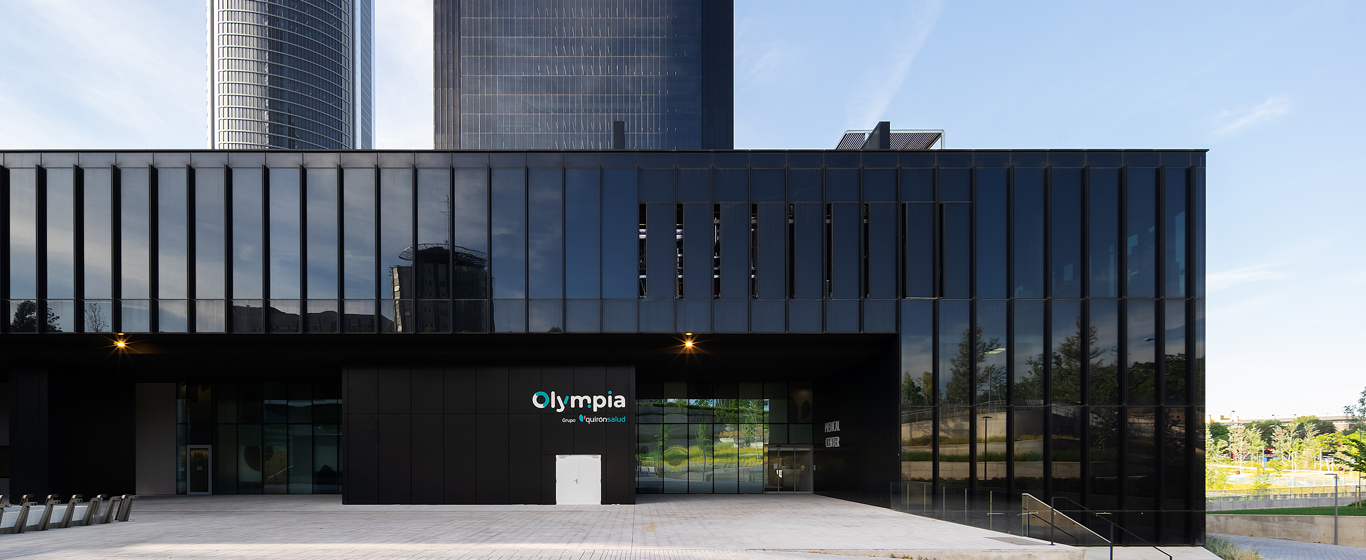3 Tesla Magnetic Resonance Imaging (MRI 3T)
The 3 Tesla magnetic resonance imaging (MRI) provides precise images of the body from various angles. This technology reduces radiation exposure time.
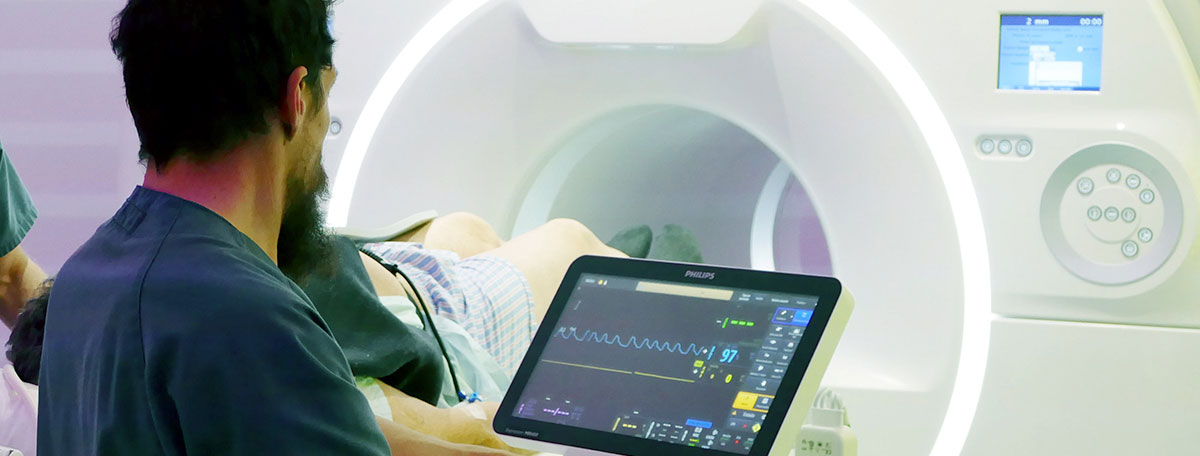
The 3 Tesla magnetic resonance imaging (MRI 3T) is a high-power diagnostic imaging test. It is advanced technology, as traditional MRIs use a 1.5 Tesla magnetic field. Initially conceived for use in neurology, it is now also used for diagnosing heart conditions, certain types of cancerous tumors, musculoskeletal disorders, or sports injuries.
With MRI 3T, excellent quality images from various angles are obtained in less time, thanks to the use of higher magnetic field density and polarization combined with state-of-the-art software. Additionally, it adapts to patients with different body types, allowing the study of individuals who are unsuitable for conventional magnetic resonance imaging.
How does it work?
The 3 Tesla magnetic resonance imaging (MRI 3T) takes advantage of the magnetic properties of hydrogen nuclei present in the body’s cells. When the patient enters the machine, which has coils generating a magnetic field, protons are stimulated to align against this force, which tends to direct them toward the device. When the radiofrequency current stops, the cells return to their original position. In this process, they release energy in the form of waves that are captured by the receiving coils, and the mathematical software translates them into images.
Depending on the signal intensity and the time it takes for the signal to be received, the structures are displayed in different colors.
What are the benefits of 3 Tesla magnetic resonance imaging?
MRI 3T technology offers many advantages for both patients and specialists. Some of the most notable include:
- Higher resolution images with greater contrast, making them sharper.
- Faster sessions, reducing exposure time.
- Less contrast material required.
- Digital technology.
- More accurate diagnosis, especially of complex diseases or injuries located in deep anatomical areas.
- Less noise during operation.
- Greater comfort inside the machine, reducing cases of anxiety or claustrophobia in patients.
- Suitable for individuals for whom conventional MRI is not recommended, such as overweight patients or those with cardiac arrhythmias.
When is it indicated?
The revolutionary technology used in MRI 3T is suitable for early diagnosis and monitoring of a wide range of diseases:
- Central nervous system conditions: aneurysms, cortical lesions, epilepsy, Parkinson’s disease, multiple sclerosis, Alzheimer’s, or dementia with Lewy bodies.
- Cancer: brain, prostate, or breast tumors.
- Sports injuries: musculoskeletal and joint disorders.
- Cardiac studies to diagnose or monitor the progression of specific pathologies.
What to expect from the 3 Tesla MRI
The procedure for a diagnostic test with 3T magnetic resonance imaging is practically the same as that for conventional MRI techniques. It is performed on an outpatient basis, so patients can return to their routine once completed, without needing hospitalization.
After signing the informed consent form, metallic items and makeup must be removed, and the patient will change into a hospital gown. Once in the radiology area, the patient lies on the bed, and if necessary, contrast material is administered intravenously.
The bed is then slid into the machine, which rotates around the patient to generate the necessary images for the specialist. The space inside a 3T MRI is larger, so very few patients feel claustrophobic. During imaging, the sounds produced by the machine are heard, but they are much quieter. The healthcare staff leaves the room during this procedure but observes the patient from the adjacent room at all times.
The duration of the 3T MRI depends on the type of study being performed. However, it is significantly shorter than the time required when using lower-power technology.
Specialties in which it is used
Specialists who perform the 3 Tesla MRI include radiologists, at the request of oncologists, neurologists, cardiologists, traumatologists, or sports medicine specialists.




